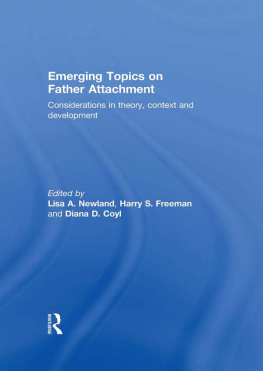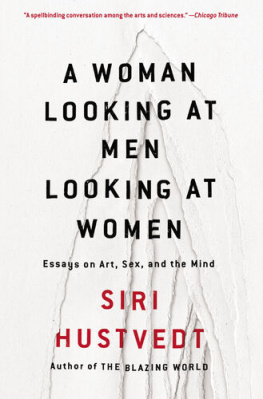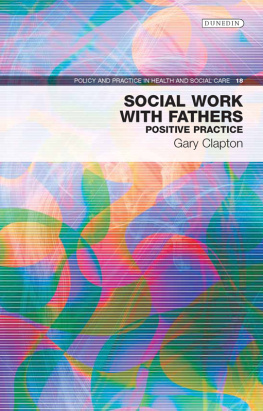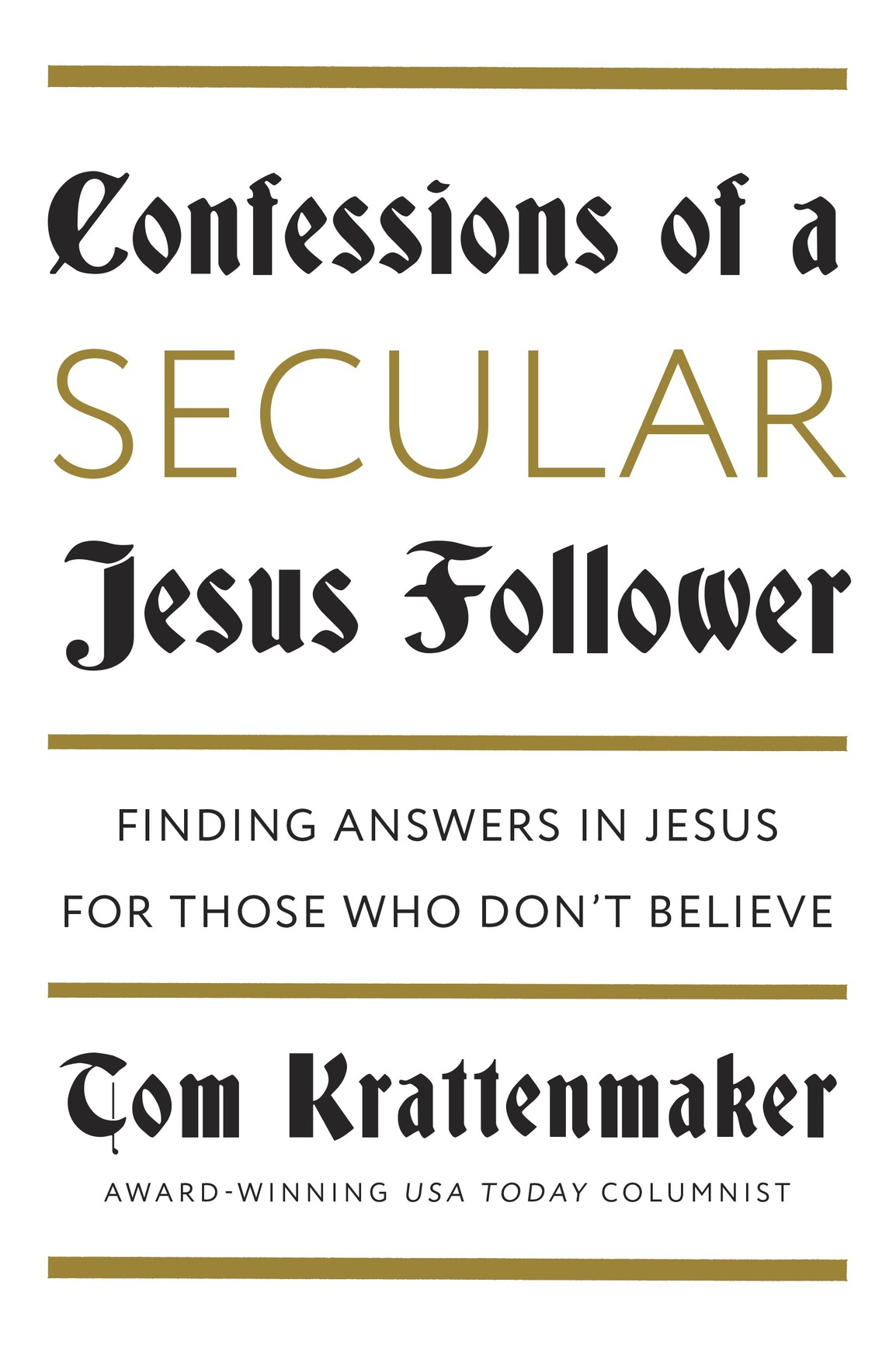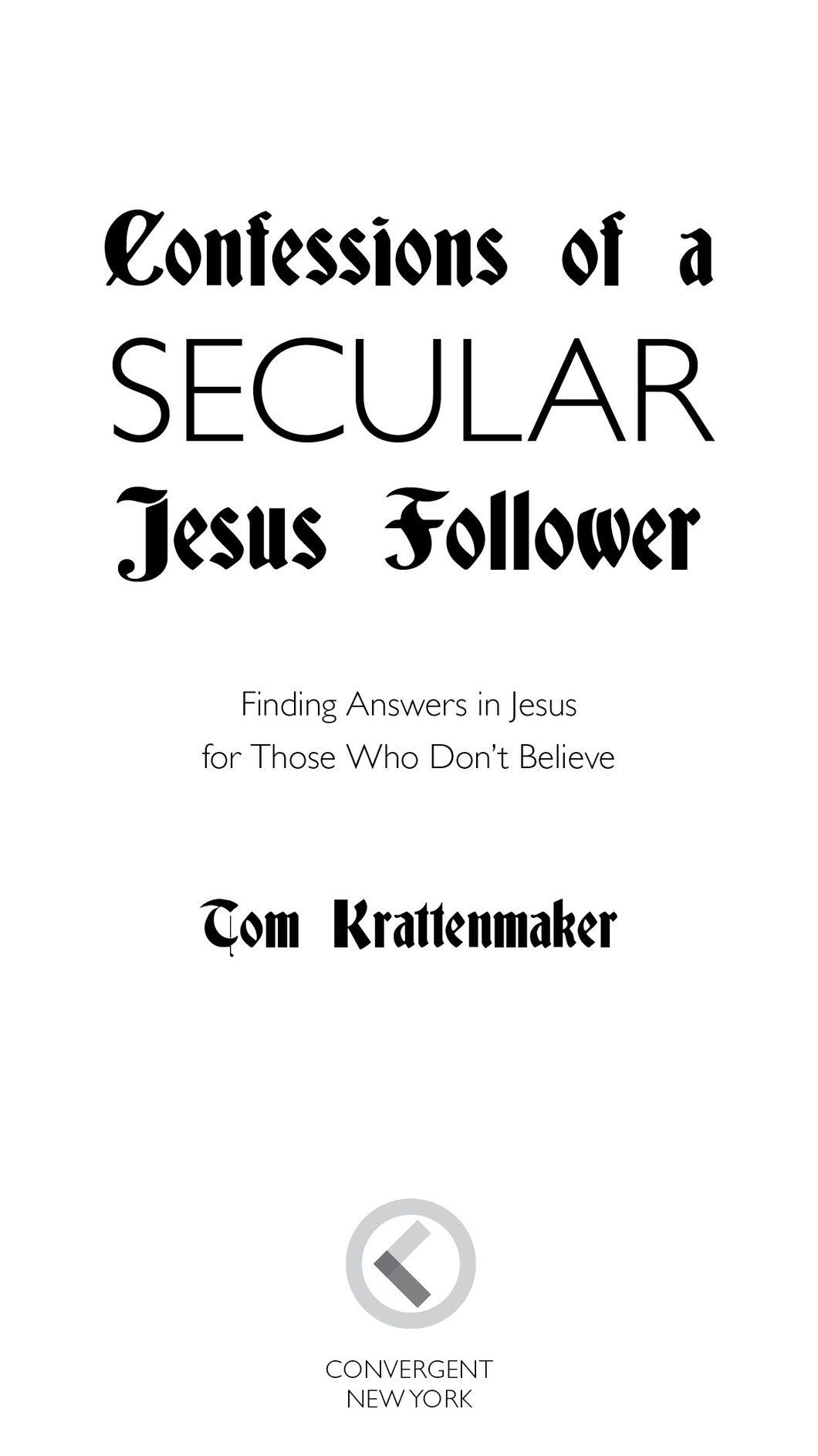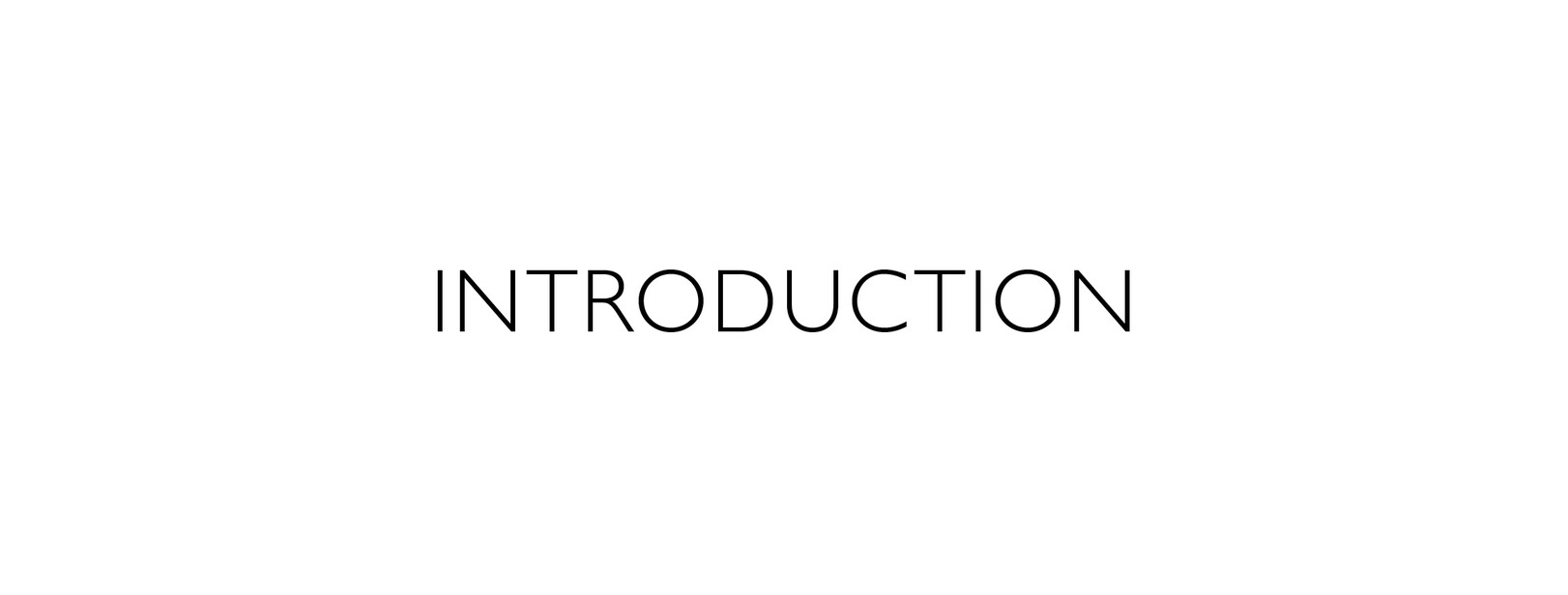All rights reserved.
Published in the United States by Convergent Books, an imprint of the Crown Publishing Group, a division of Penguin Random House LLC, New York.
CONVERGENT BOOKS is a registered trademark and its C colophon is a trademark of Penguin Random House LLC.
The primary Bible translation used in this book is the NIV, with the NKJV cited twice, and the KJV, NET, and ESV translations each cited once. In addition, some renderings are paraphrased by the author for ease of reading but not at the expense of the texts intended meaning.
Grateful acknowledgment is made to Alain de Botton for permission to reprint an excerpt from Easter for Atheists, originally published on ThePhilosophersMail.com.
Library of Congress Cataloging-in-Publication Data is available upon request.
During my mountain-climbing days, I came to appreciate the value of ropes and, especially, anchors. When the climb team must negotiate a steep, slippery pitch, where falls are both possible and highly damaging to ones prospects for survival, a fixed line is laid. Each climber latches on to that lifesaving rope by means of a sliding knot at the end of a short rope thats attached to his or her harness. That knot slides easily as you push it up with your hand, over and over, while you carefully ascend on the snowy slope or rock face. But that knot can grab and hold the fixed linethat lifelinelike bulldog jaws when subjected to the kind of sudden, downward jerk that happens when a climber starts to fall.
Those Prusik knots work amazingly well if you tie them right. But even then, the fixed rope has to be secured by an anchor that will not suddenly break loose, that will hold firm in the critical moment you hope will never come. A massive, unmovable rock is ideal, one with a shape that makes it impossible for the looped rope to slide up and off. Climb leaders set up anchors very carefully; they go to great lengths to choose a dependable rock. Team members are going to be committing their lives to it, after all. The anchor had damn well better not fail.
Its sort of like that in our everyday lives down here in our cities and towns, Ive come to see, if or when we finally get around to choosing an anchor on which we are going to bet our lives, if or when we decide to climb for something higher than narrow self-interest, higher than Me, Me, Me. The concept is not an easy sell in our do-your-own-thing culture, in the midst of a postmodern zeitgeist that tells us there is no fixed line or immovable anchor, that there is no ultimate truth. Even if thats trueeven if everything is relativethere is value, I have seen, in going all in on a principle and commitment as if it is the final word.
No exclusivist, Im not going to claim there is only one trustworthy anchor out there. As we all know, many, many people make God belief their rock, people I respect even though its a leap I am unable to make myself. I know people who have found a worthy anchor in Judaism or Islam, or in Buddhism or Hinduism or other non-Western religions. As a nonreligious person, I have felt inspired by ethically driven seculars who build their lives around serving their communities and working for a more just and equitable world. I have been moved by a good-hearted atheist testifying to the life-changing value she has derived from treating Jane Eyre as her sacred text. All of these I respect, and I am open to the value of many other sources of uplift and inspiration. I do not, however, accept that pretty much anything will suffice as our ultimate anchor and our basis for a life of substance. Buying stuffwhich often seems our cultures preferred approachcertainly wont.
On the mountains Ive climbed, figuratively speaking, Ive discovered, and then rediscovered again and again, the anchor that means the most to me, the anchor I find most worthy of my trust. Its the ethic and the inspiration and, indeed, the way of an ancient figure with whom we are acquainted, but whose relevance to our lives and society might not be so readily apparent, and whose availability to us, if we are secular, might come as a complete surprise.
Hes the figure youve seen in photos towering over Rio de Janeiro, or looking out at you with pale blue eyes from the sentimental popular paintings that used to be common in America, or hanging in agony on the crucifixes found in many Catholic churches.
Familiar though he is, you probably havent seen him in the way we are going to on the pages that follow. Let me explain what I mean, and the context in which I mean it.
We live, for worse and for better, in a secular age. Even the religiously devout, with their acceptance of practical science and their nonreliance on the supernatural to navigate and understand the objective world before themthe cause of the common cold, the sources of lightning and earthquakes, the position of the Earth (and us) in the vast universeassent to secular terms of engagement in ways their faithful predecessors from centuries and millennia past would scarcely recognize. Whatever our religious persuasion, we have little choice in this matter. Because of the timing of our births and the culture in which we live, we all inhabit an age and space that emphasize science, technology, and rational, evidence-based persuasion and decision making, while casting reflexive suspicion upon the supernatural. Here in the Western world, we all live in a context where our worldviews and frames of reference are matters of our choice, where religious nonbelief is an optionan increasingly viable one, judging from the demographic dataand where religious belief, in some settings and circles more than others, is hard to muster.
Its not surprising, then, to find growing numbers of people in the United States and other Western cultures who are secular through and through: no god, no church, no community built around religious values and commitments.
In these outward-expanding secular spheres, a real-life experiment unfolds. Where there was once reliance on God belief and the structures that grow out of that, there is now an iterative and earnest collective effort to figure out how to do life naked, to borrow a term from Richard Neuhaus. In his seminal work The Naked Public Square, published in 1986, Neuhaus lamented a public square increasingly shorn of religion. Three decades later, a broader unanswered question hangs over us, posed by the rapidly growing legions who would keep religion separate not only from politics and government but from their


